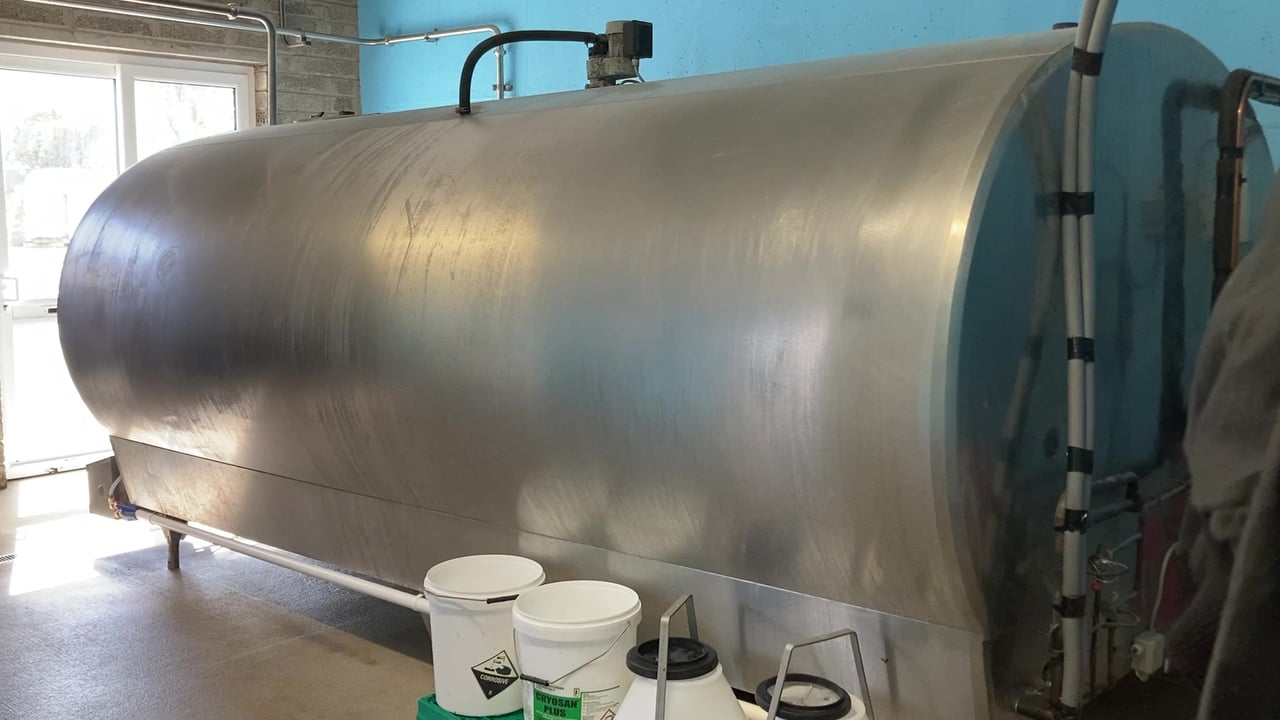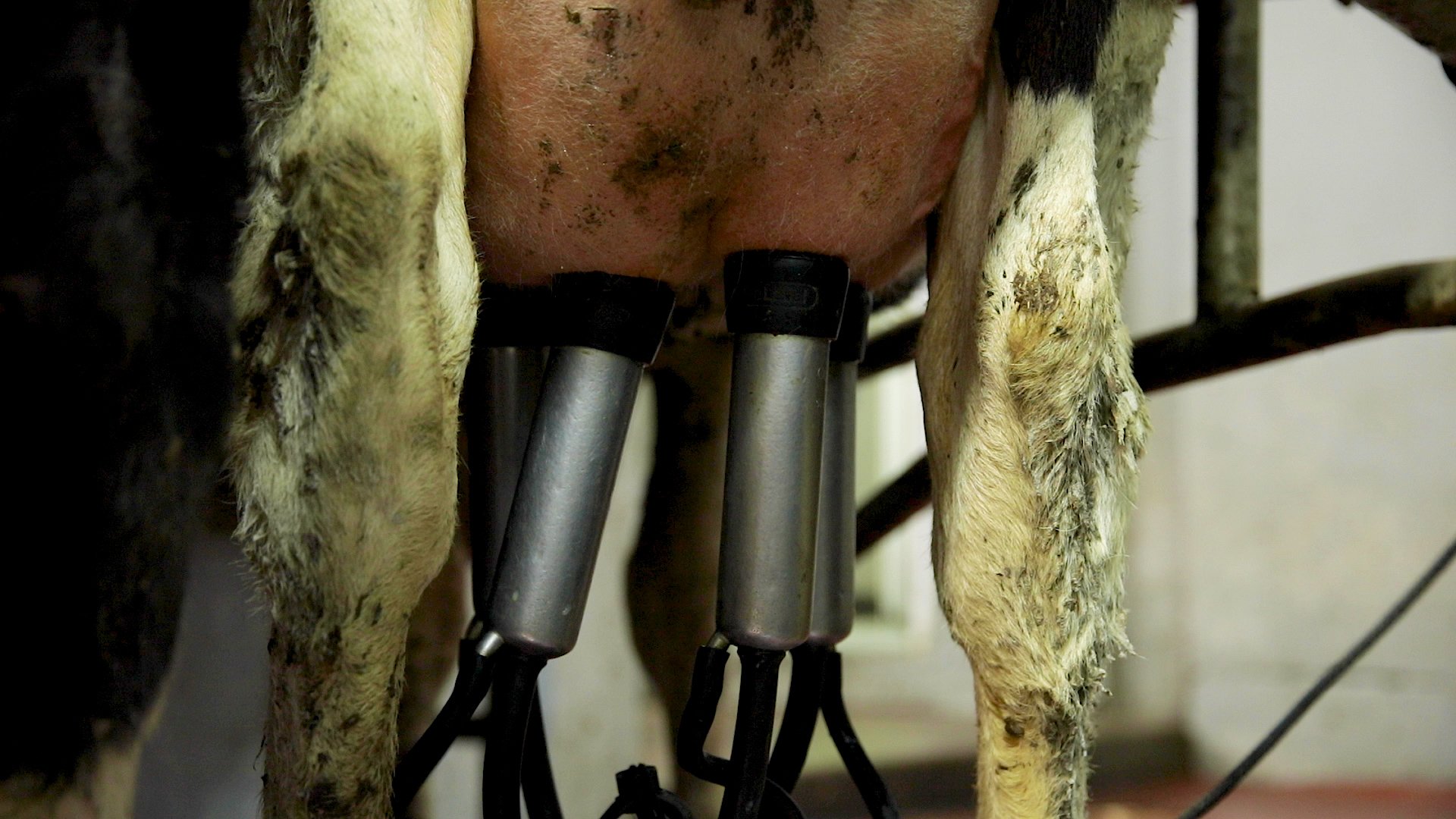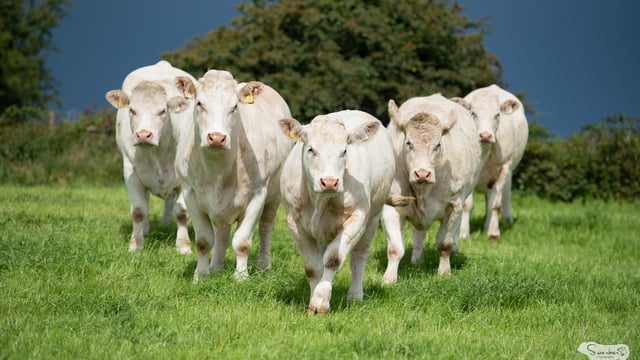Total bacterial count: Don't forget about the milk in the bulk tank
June is a busy month on farms - with the breeding season under-way and most farmers planning on finishing their first-cut of silage - but it is important not to forget about the milk in the bulk tank.
Each processor is different, but the most common quality parameters are somatic cell count (SCC) levels, total bacterial count (TBC), thermoduric, inhibitors, low milk lactose and sediment.
Under EU legislation, TBC in milk should be less than 100,000/ml. However, ideally and on many farms, a TBC of less than 15,000/ml can be reached.
TBC greater than 50,000/ml and thermoduric bacteria counts of greater than 500/ml are generally penalised by Co-ops.
However, ideally this count should be less than 200/ml and depending on the product mix, non-detectable levels may be required by some processors.
Prevention is always better than cure, so avoiding the introduction of possible contaminants is better than dealing with an issue after it has happened.
Some simple steps that can be used on farms to reduce the amount of possible contaminants include:
Some simple ways of improving udder hygiene to reduce the spread of contaminants are:
An effective cleaning routine for the milking plant is of the upmost importance to ensure that high levels of milk quality are achieved.
Weather this is an automatic or manual system, water temperatures should be checked regularly; a temperature of 75-80°C before and 43-49°C after circulation should be achieved.
There should be a minimum water circulation rate of 3.5–4.5L/min/unit.
Regular monitoring of the rate of detergent usage is important to ensure that the correct amount is being used.
If you are using an automatic washers, it should be serviced annually and all of the rubberware in the parlour should be changed at least once a year.
Irrespective of the cleaning system used, the detergent cleaning product should be selected from the recommended list of products, outlined by your milk processor.
Finially, it is important that milk in cooled in a reasonable time frame. Slow initial cooling is not advised; fast milk cooling is necessary in order to avoid high blend temperatures.
Milk leaves the udder at approximately 35°C, but only rapid cooling to a storage temperature of around 4°C prevents or minimises bacterial growth.
The use of a plate cooler helps to reduced milk temepterue from 35°C reduced to 18°C. Accurate temperature control is also essential during storage (3-4°C).
TBC targets:






